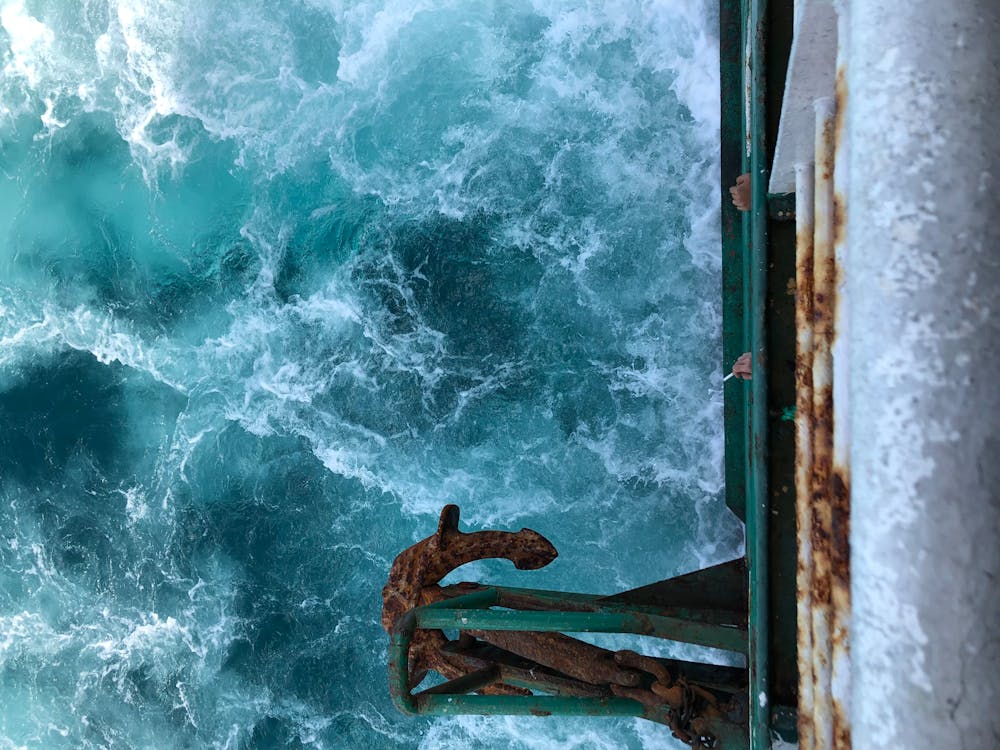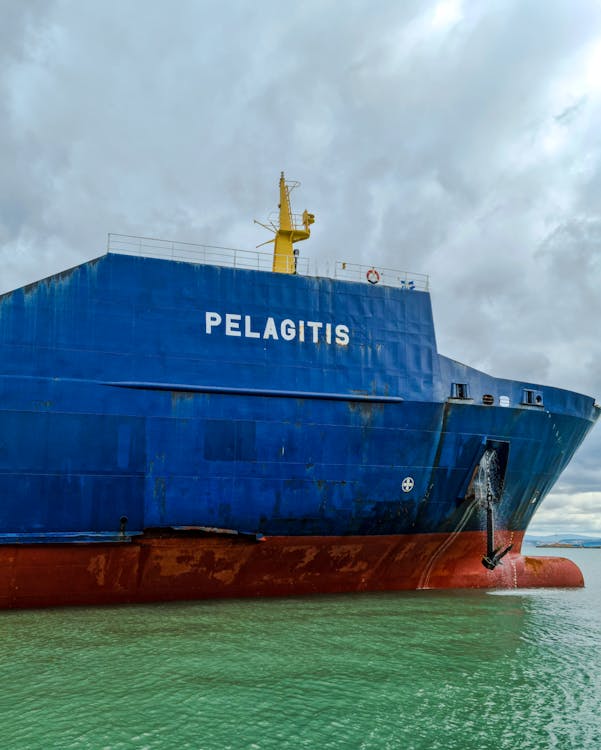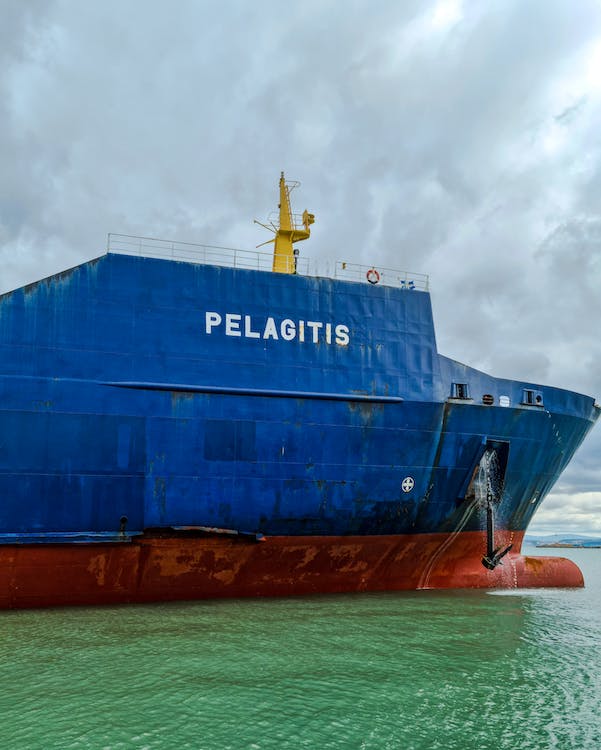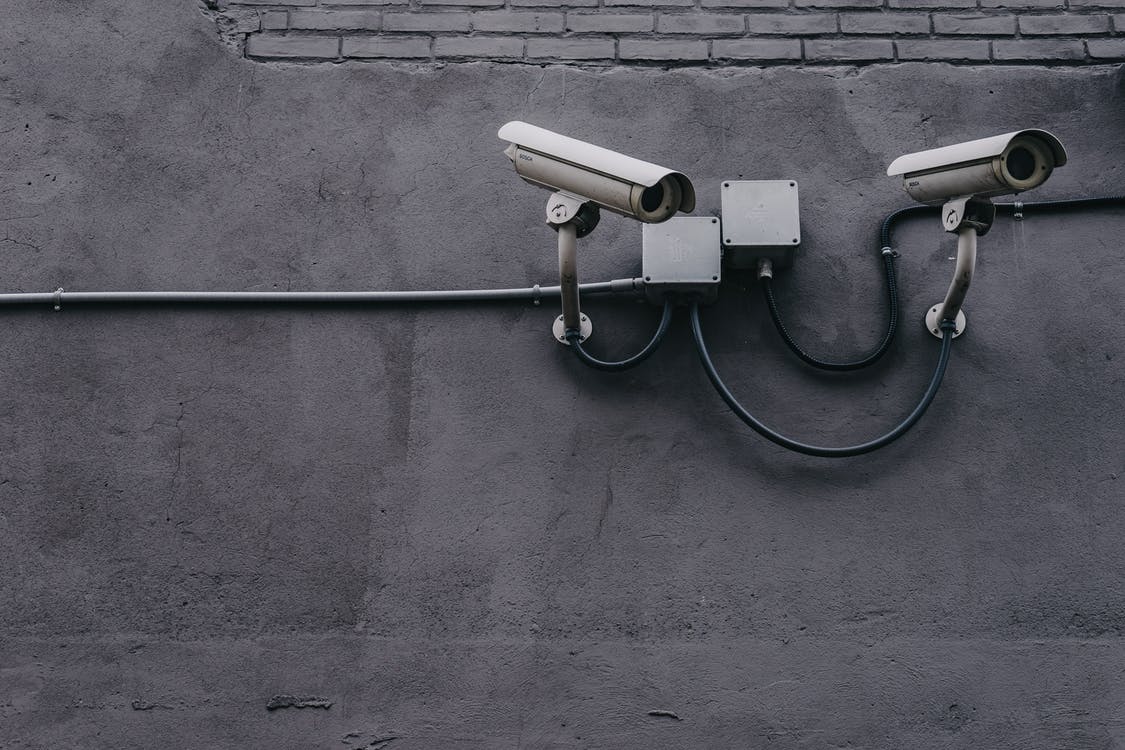If a ship drags anchor, it can lead to catastrophic consequences. It is termed the most unfortunate reason for accidents in the maritime industry. Unfortunately, sometimes the anchor drags, which no one can control. Therefore, the crew must focus on recognizing the symptoms of a dragging anchor to avoid accidents.
What are the reasons for ship anchoring?
An anchor is manufactured out of heavy-weight metal. It is a device that connects the ship to the seabed. As a result, the vessel will not drift into the sea accidentally. Furthermore, the current and the wind do not impact the ship too.
Anchoring “hooks” the boat to the sheer mass of the sea bed. The following are a few reasons why ship anchor:
- Loading and unloading of cargo
- Scheduled maintenance, cleaning, or repair
- Waiting for the vessel to enter the body of water at the owner’s instructions.
- Lastly, the boat is waiting to berth.
- Hatch cleaning
- Quarantining due to epidemic or pandemic.
When the ship anchors, it will stay at port for a few days or weeks until the next voyage. During this period, the captain and the crew will identify dangers that weaken the ship. Subsequently, they will make repairs.

What does dragging anchor mean?
On the other hand, dragging the anchor implies the ship drifts unknowingly because the anchor did not hold its place. Consequently, the ship may collide with the port or other boats. The dominant reason for a boat dragging is harsh wedding conditions. Therefore, sea travelers must have the necessary information to recognize the mistake before it is too late. Here are a few things to consider
- Study the weather condition at the port, such as wind gusts and direction
- Analyzing the safest place to anchor the boat so it holds
- The tidal pattern
- Have the contact information close by of the relevant authorities for immediate assistance if the anchor drags
An anchor that drags is quite threatening to the boat itself and other vessels in proximity. If the ship begins maneuvering uncontrollably, it can lead to severe collisions. In addition, stranding is also expected.
If the port management wishes to avoid a dragging anchor, they must pay close attention to the bridge watch. Furthermore, they must have an extensive contingency plan that minimizes the damage and effectively tackles the emergency. It shows initiative and quick response will save the crew members and port employees.
When the situation becomes manageable, fixing the vessel until it is ready to travel the sea takes some time. However, serious accidents are avoided if the anchor-dragging vessel has sufficient sea room and the team responds quickly.
What to do if the ship is dragging anchor?
Observe the three following indicators to identify if the vessel is dragging or not
- The bow is working against the wind
- The side of the ship regarding the wind stays unchanged
- Port authority deduces the source of strong and loud vibration are the anchor chains

If the answer is yes, then
- Inform the master immediately. Regardless of the time, call them immediately to gain insight. Their experience and decision-making skills are vital when the vessel drags anchor.
- Communicate with the engine room and start the engine after the master permits. Prepare the boat for maneuvering by moving the windlass.
- Halt all cargo operations. The barges and cranes must be removed instantly to prevent damage.
- Communicate with the relevant authorities and inform them of the situation. Let them know about the ship’s condition and prepare it for re-anchoring.
- Begin re-anchoring once the boat is restored. The captain can shift the anchor when it is safe or the tides have become calm.
- In addition, the crew can use more cables to deploy a second anchor if the dragging vessel goes out of control. The second anchor will hold the small boat early so it does not shift leeward with a fast seed. However, the step is not recommended for large ships.
- If the anchor is dragging, using bow thrusters is also encouraged. In addition, the main engine will maneuver the boat. The bow thrusts will work with the wind to prevent the vessel from going leeward. Otherwise, the dragging anchor aggravates. Lastly, do not deploy a second anchor in shallow waters due to no impact.
- A port master will let the ship drag to counteract the situation. However, the strategy is not recommended at oil and gas rigs because the vessel may damage undersea pipelines and cables.
- Lastly, when weighing anchor is an impossibility, let go of it. In fact, a ship with one anchor is not ready for the sea. Therefore, assess the anchor requirements before the next voyage or when making any anchor-dragging-related decision.
Do not panic if the ship is dragging the anchor
Most accidents or collisions occur from dragging anchors because of lack of preparation. Moreover, time is also a crucial factor. However, the port master must study the boat’s density and other factors that may make the situation difficult. Lastly, updating the contingency plan is necessary to take control of the dragging vessel. Thus, preventing emergencies and protecting lives.



